Adafruit LED backpacks make it incredibly simple to add small bitmapped displays to a project. Each requires just four wires: power, ground and two communication lines to a microcontroller.
Two common questions we receive:
How can I use more than one 8x8 matrix backpack in an Arduino sketch?
Can I have two (or more) matrices always showing the same image?
This tutorial demonstrates both.
We’ve had spooky Halloween displays on the brain lately, but the concepts here are equally applicable to more innocent schemes!
Learn more / En savoir plus / Mehr erfahren:
https://www.scoop.it/t/21st-century-learning-and-teaching/?&tag=ARDUINO
https://www.scoop.it/t/21st-century-learning-and-teaching/?&tag=LEDs



 Your new post is loading...
Your new post is loading...

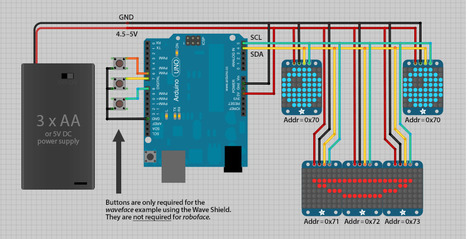


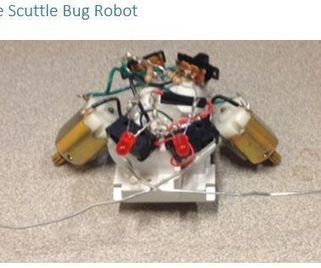
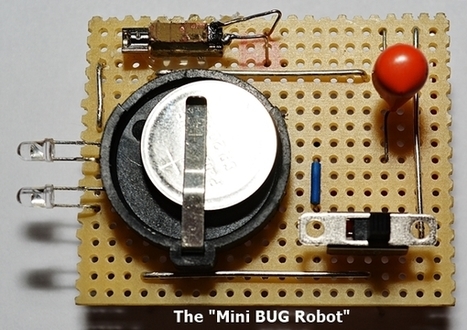
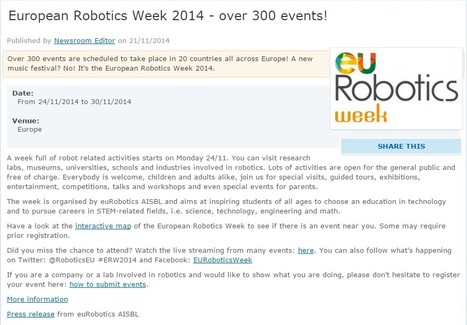


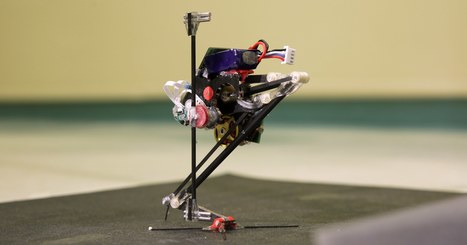





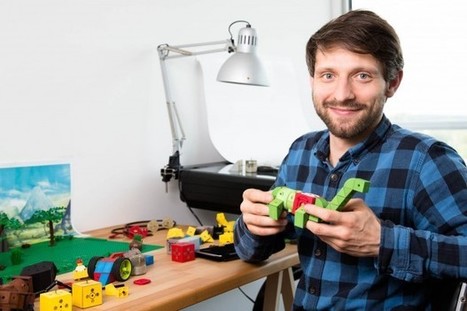





Adafruit LED backpacks make it incredibly simple to add small bitmapped displays to a project. Each requires just four wires: power, ground and two communication lines to a microcontroller.
Two common questions we receive:
How can I use more than one 8x8 matrix backpack in an Arduino sketch?
Can I have two (or more) matrices always showing the same image?
This tutorial demonstrates both.
We’ve had spooky Halloween displays on the brain lately, but the concepts here are equally applicable to more innocent schemes!
Learn more / En savoir plus / Mehr erfahren:
https://www.scoop.it/t/21st-century-learning-and-teaching/?&tag=ARDUINO
https://www.scoop.it/t/21st-century-learning-and-teaching/?&tag=LEDs